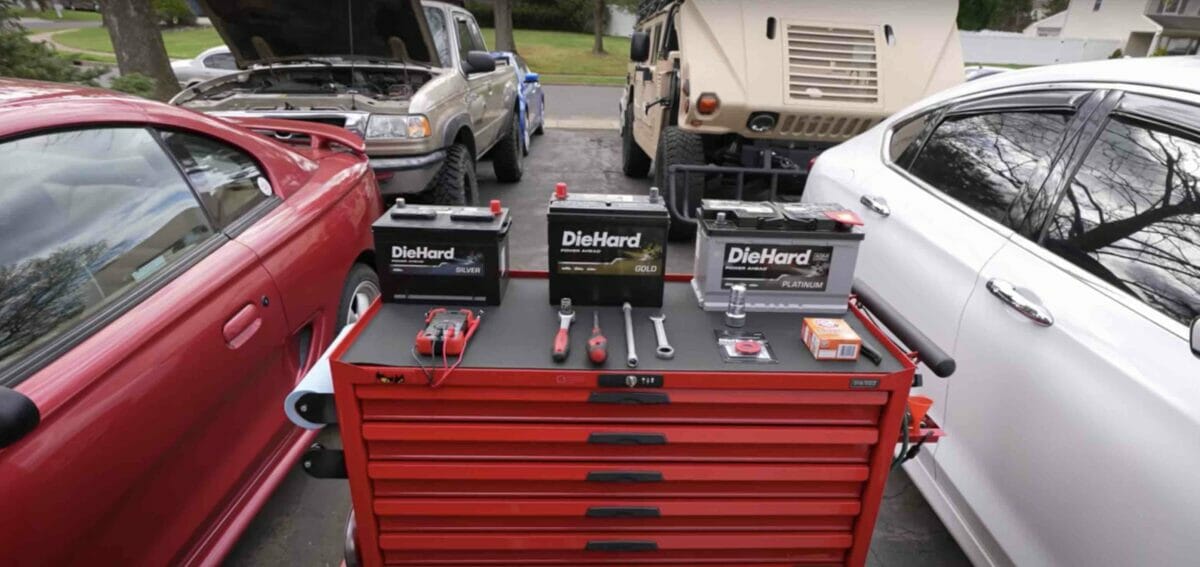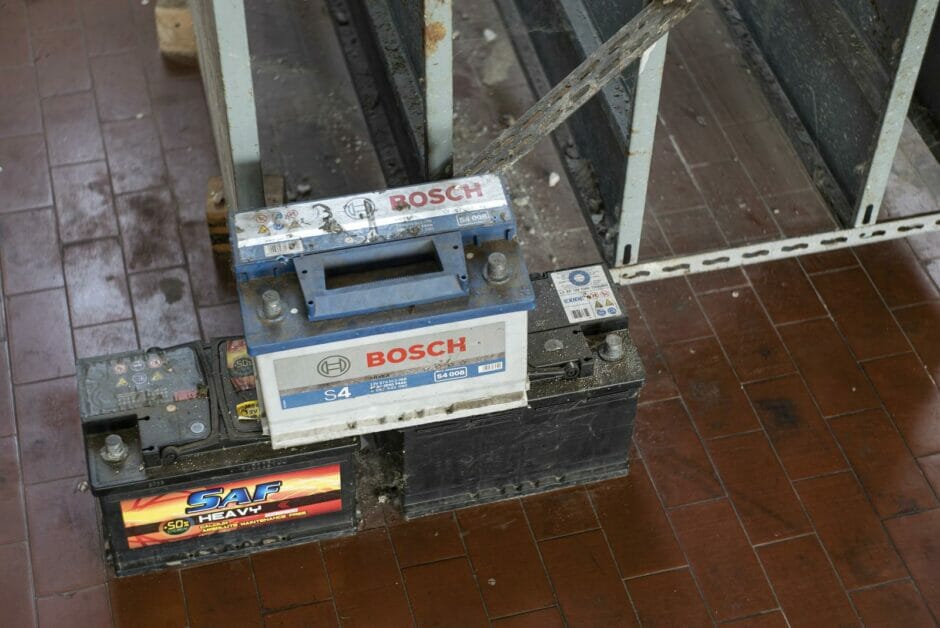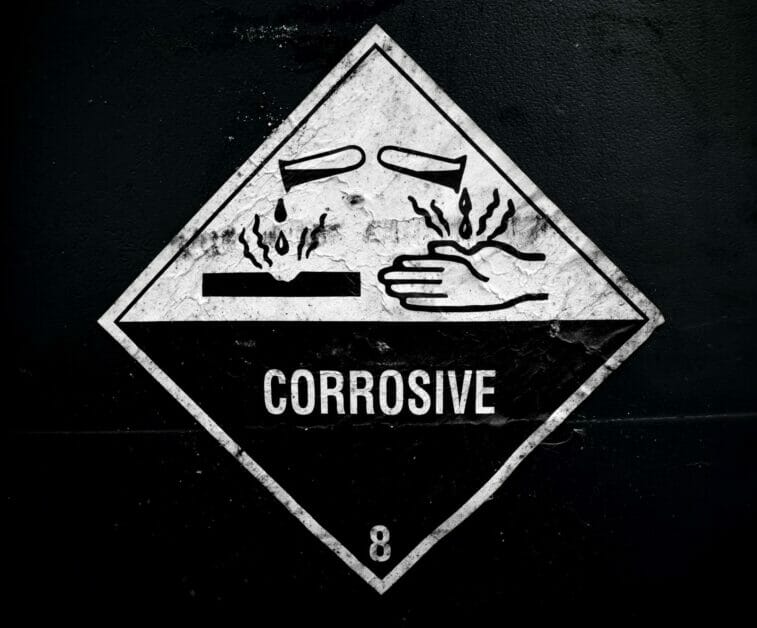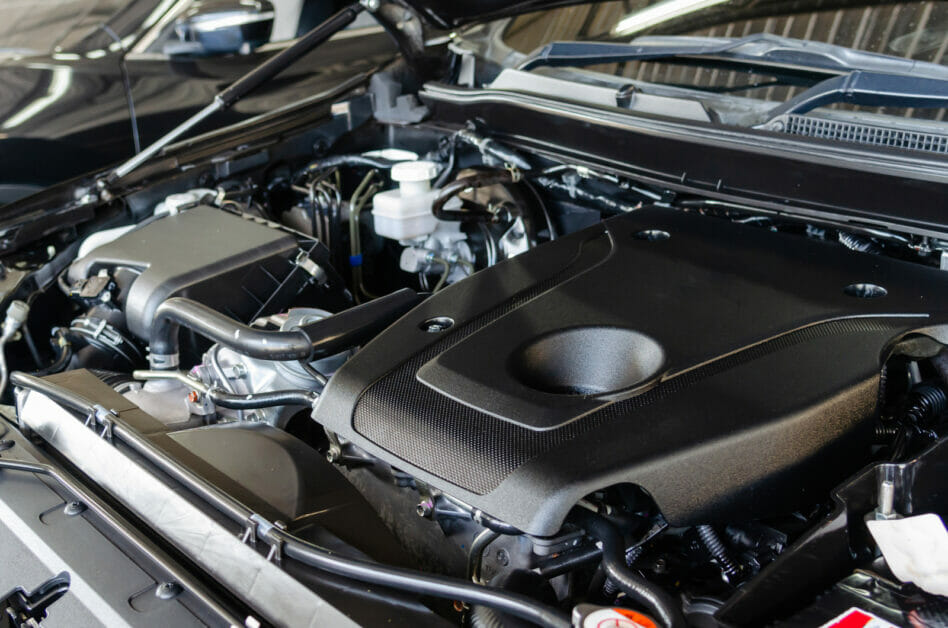What Hazard Class are Automotive Batteries

Hazard classes help us understand the potential risks of handling and transporting hazardous materials, essential for ensuring safety.
In general, automotive batteries belong to Hazard Class 8 – Corrosive materials. This is because they contain acids, which can cause severe damage if they come into contact with other materials, such as your skin or the environment. Awareness of the hazard class is crucial to following proper handling guidelines and preventing potential accidents or damage.
Read on to further understand these hazards and to help you take proper precautions and keep your vehicles running smoothly and safely!
Hazard Classes of Automotive Batteries

Class 8: Corrosive Material
You might be wondering, what exactly makes a material corrosive?

Corrosive substances can severely damage living tissue, metals, or other materials when they come into contact with them.
Here’s the thing about automotive batteries, especially lead-acid ones; they can be quite dangerous.
They contain corrosive material like sulfuric acid, which can spill and cause burns or damage.
Also, these batteries produce hydrogen gas, making them susceptible to explosion hazards.
As a result, automotive batteries are labeled as Hazard Class 8 under hazardous materials regulations.
But wait, there’s more! In addition to being corrosive, automotive batteries can sometimes fall under another hazard class too!
Class 9: Miscellaneous Hazardous Material
Sometimes, not every hazardous material can be neatly categorized, and that’s where Class 9: Miscellaneous Hazardous Materials comes into play.
These can include anything from environmentally hazardous substances to genetically modified organisms.
You might be asking yourself, how do automotive batteries fit in here?
Although they’re primarily classified as Hazard Class 8 due to the corrosive nature of the sulfuric acid, certain types of batteries, like lithium-ion batteries, can also be considered Class 9.
This is because these batteries have the potential to be flammable solids or release flammable gases under certain conditions.

As such, automotive batteries can be classified under Hazard Class 8 or Class 9, depending on the specific type and the materials they contain.
Remember always to exercise caution when handling these bad boys, and ensure you’re familiar with the regulations surrounding hazardous materials to keep yourself and those around you safe!
Hazards and Risks Associated with Different Battery Types
| Battery Type | Hazards and Risks |
|---|---|
| Lead-Acid Battery | Corrosive acid, risk of chemical burns |
| Lithium-Ion Battery | Risk of thermal runaway, fire, and explosion |
| Nickel-Metal Hydride Battery | Potential toxicity of nickel and metal hydride |
| AGM Battery | Corrosive acid, risk of chemical burns |
Safe Handling and Precautions

Now, let’s go through some important precautions for dealing with automotive batteries:
- Before working on the battery, always turn off the engine and disconnect the terminals. Make sure to remove the negative one first to avoid short circuits.
- Wear protective clothing like gloves and goggles, as the electrolyte in these batteries is highly corrosive. Trust me, the last thing you want is that stuff on your skin or in your eyes.
- When charging or using the battery, ensure it is in a well-ventilated area to prevent the buildup of explosive gases.
- Never lay tools or other objects on the battery that could cause a short circuit. Accidental short circuits can lead to sparks, heat, and even fires.
Keep an eye on the temperature while charging or working on the battery. High temperatures can indicate technical problems and increase the risk of a dangerous situation.
Moreover, as you might already know, automotive batteries must adhere to federal regulations imposed by various agencies like the Environmental Protection Agency (EPA) and the Department of Transportation (DOT).
Thus, the storage and handling of automotive batteries are subject to EPA regulations. Batteries, specifically lead-acid types, must be stored:
- In a designated area
- Apart from other types of batteries
- In a single layer (no stacking!)
- With secondary containment resistant to acid
And finally, be aware that improperly handling automotive batteries can result in penalties. So, always comply with your local regulations and safety protocols.
References
Organizations:
- U.S. Department of Transportation (DOT). https://www.transportation.gov/
- Occupational Safety and Health Administration (OSHA). https://www.osha.gov/
- Environmental Protection Agency (EPA). https://www.epa.gov/
Books:
- “Battery Hazards and Accident Prevention” by Samuel C. Levy
- “Battery Technology Handbook” by H.A. Kiehne
Website Resources:
- Battery University. www.batteryuniversity.com
Video Reference
ChrisFix
